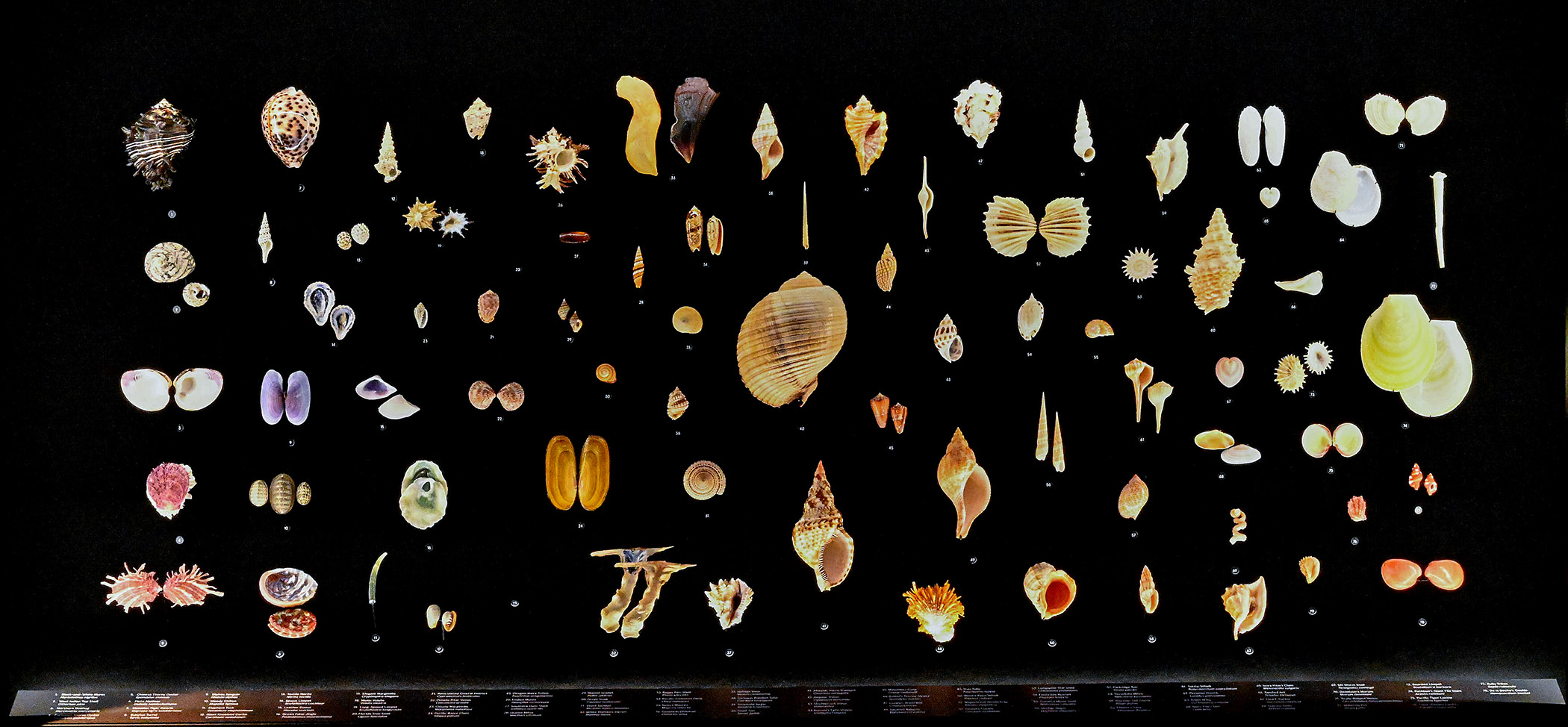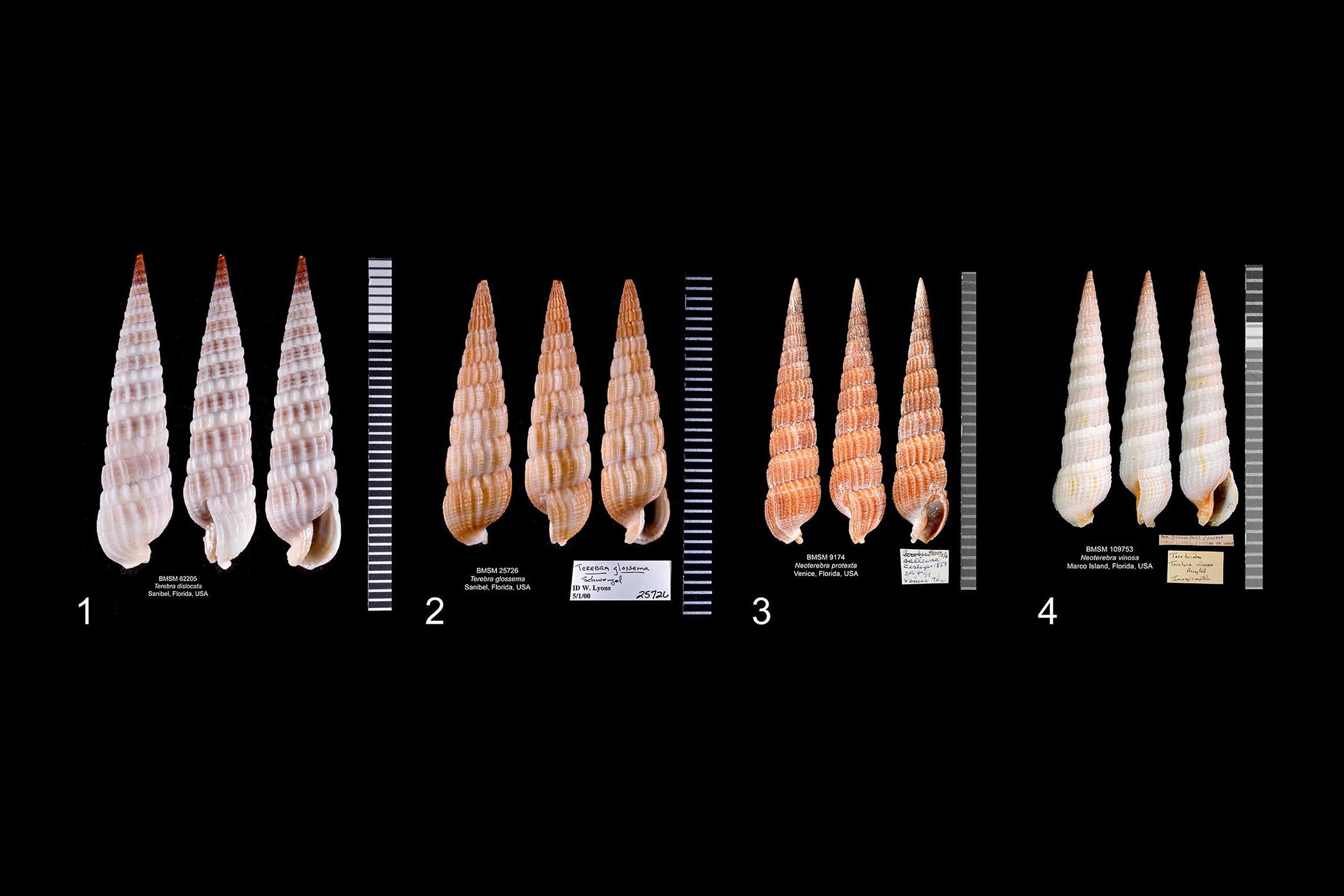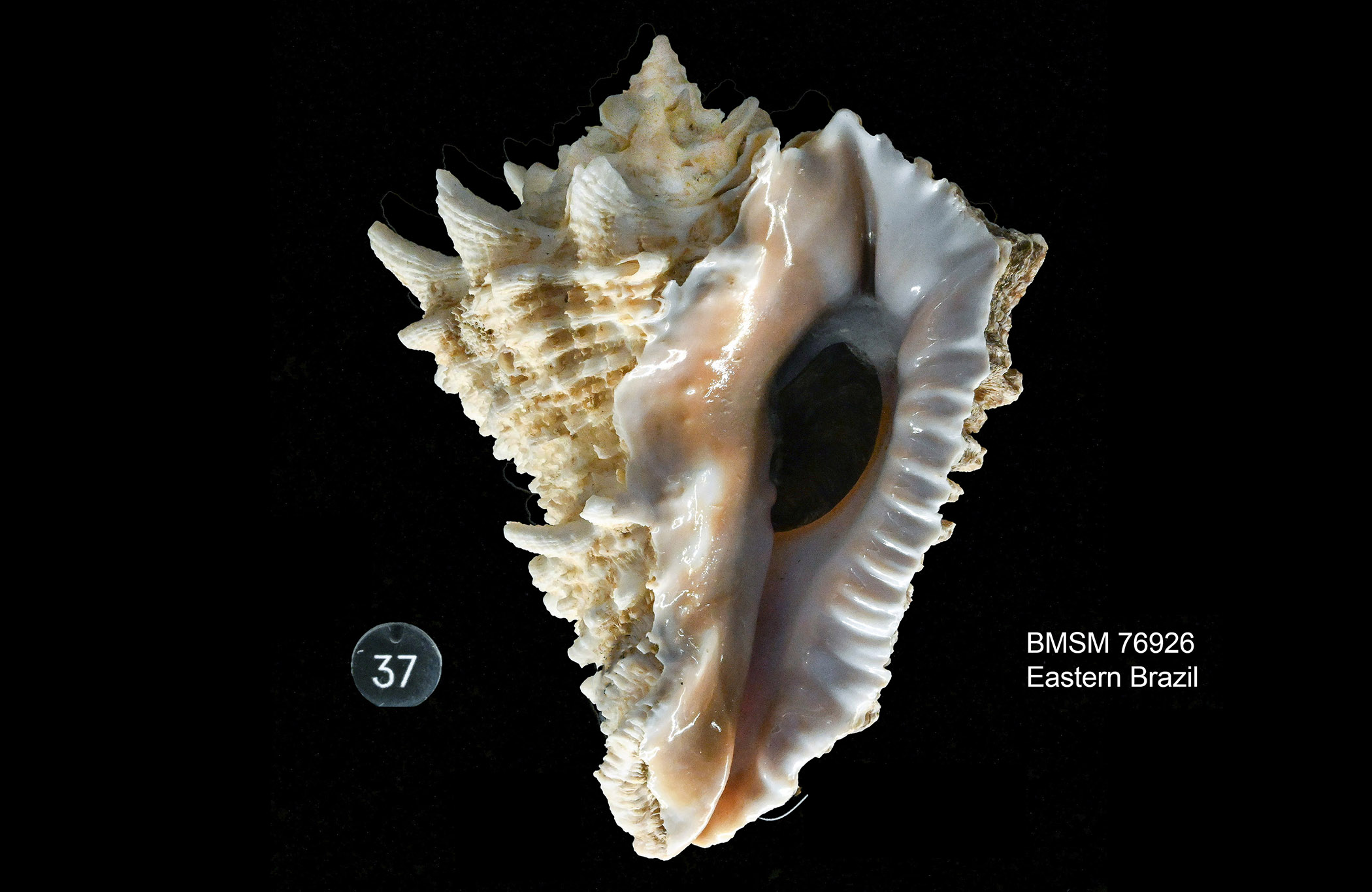Earlier this week, one of our Museum Marine Biologists texted me a photo of an unknown, small snail. The snail was found in our Cold-water Touch Pool, along with two others of the same species. The shells are flat, about 10 mm (about 3/8”) across, with well-defined white spines set against a brick-red background. It just so happens that the little snails are the offspring of our resident Red Turban Snails, Pomaulax gibberosus (Dillwyn, 1817). As you can see from the images below, the young are strikingly different from their parents.
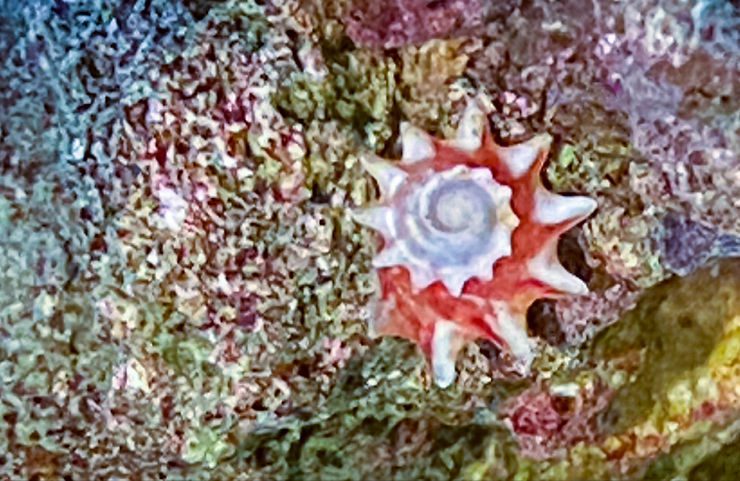 Juvenile Red Turban Snail. Photo by Carly Hulse.
Juvenile Red Turban Snail. Photo by Carly Hulse.
The Red Turban Snail, Pomaulax gibberosus (Dillwyn, 1817), hauls from the rocky shores of the West Coast of North America, where it is found from Mexico to Alaska. As other members of the turban family (Turbinidae) do during the reproductive season, male and female Red Turbans release their eggs and sperm directly into the water, where eggs are eventually fertilized. Turbans usually begin their lives with “flattish,” spiny shells. With increase in size, the shells become taller and the spines gradually modify into ridges or knobs. This type of growth, where the increase in size is associated with a noticeable change in proportions, is known as allometric growth. (Read more about this type of growth in another turban species, family Turbinidae, here.)
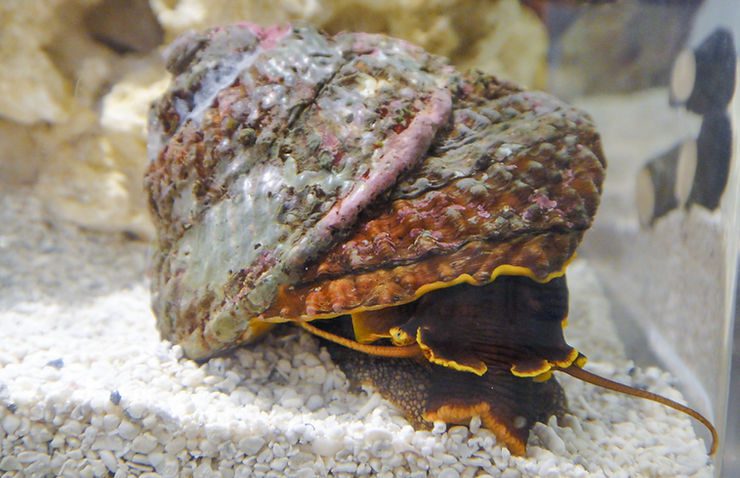 Adult Red Turban Snail. Photo by Rebecca Mensch.
Adult Red Turban Snail. Photo by Rebecca Mensch.
#pomaulaxgibberosus #redturban #redturbansnail #turbinidae #allometricgrowth
